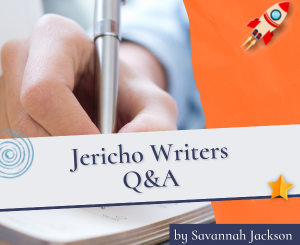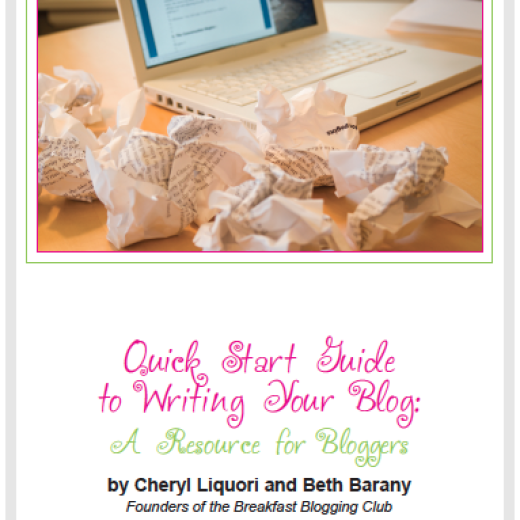Evoke Reader Emotions by Kay Keppler
 Let’s welcome back monthly columnist, editor, and novelist, Kay Keppler, as she shares with us “Evoke Reader Emotions.” Enjoy!
Let’s welcome back monthly columnist, editor, and novelist, Kay Keppler, as she shares with us “Evoke Reader Emotions.” Enjoy!
***
Beginning a story—before you write the first word—can sometimes be made a lot simpler if you think of how you want to end it.
What do you want your readers to get from your story—and not just about plot.
What kind of story are you writing, and how do you want your readers to feel when they finish it? How do you want them to remember your work?
What’s Your Story?
Are you writing a romance, mystery, or memoir? Or perhaps a literary novel, self-help book, or children’s story? At the end of it, do you want your readers to be happy, sad, or nostalgic?
Do you want them to feel hopeful and determined, or disillusioned and betrayed? They’ll remember as much about how they felt about your book as the details of the plot you developed.
Figuring out how you want your readers to feel can improve your plotting. Everything you include in your plot should lead to this emotion in some way.
Evoke the Emotions of Your Tale
How can you elicit the emotions that you want from your readers? Here are six things you can try.
1. Your protagonist should lead the way.
How does your character’s arc lead to the emotion you want to evoke at the end of your story?
Plan her path, and stick to it.
Build her hopes and expectations so that you can either fulfill or dash them at the end.
Use her actions, dialogue, and body language to show how she goes after what she wants.
How does she overcome (or not) the antagonist or her inner demons?
2. Secondary characters reinforce your themes and motifs.
If your protagonist opposes the new factory because it will destroy the meadow, have another character promote the progress and new jobs it will create.
Show the residents who will have to relocate.
Show new people moving in.
What is destroyed besides the meadow?
Perhaps a way of life, or the town’s backbone agrarian population.
Tie all your threads to the ending emotion you want to create.
3. Symbols and scenery can foreshadow events.
Don’t go crazy with this, because who hasn’t read a story where a pending storm signals a big change to come?
Or a pocket watch illustrates the passage of time or a looming deadline?
But writers use these techniques because they work.
A character who grew up under the big sky of a western ranch will feel a lot differently if he’s transplanted to New York City.
How can you use scenery or symbols as shorthand for the tensions of your characters that can build emotions for your readers?
4. Single words or phrases in dialogue carry weight.
A single word or phrase can echo across chapters and live on in the reader’s mind.
A character may say something that seems innocuous, but pays off with great impact at a later date.
Or perhaps a single word or phrase is used throughout to convey in shorthand an event or emotion that the other characters—and readers—can relate to.
5. Evocative names mirror setting and character attributes.
Pick obvious, subtle, ironic, or humorous names for characters and places that reflect the emotion you want to evoke in your readers.
Charles Dickens was a master at creating colorful names that displayed the qualities of his characters—think Mr. Sloppy, Sweedlepipe, Bumble, Scrooge, and Toodle.
Just as your secondary characters can reinforce your themes and motifs, each name choice can reflect facets of your story that build to create the emotions you want.
6. Your opening paragraphs set the tone for your ending.
The first lines of your book establish what follows.
They are a promise to your readers—of the kind of story they have in their hands, who’s important, what will happen, and how it will unfold.
Your ending should echo the tone and the picture you painted in the beginning.
That brings the narrative full circle for your readers by reinforcing the emotions you created from the start.
Giving Readers the Emotional Experience They Want
People often express their book preferences by saying they want to read “a James Patterson” or “a Nora Roberts.” What they’re saying is that their favorite authors can reliably deliver the emotional experience they’ve come to enjoy.
Being able to evoke emotions in readers is probably more complex than creating a spine-tingling plot. But if you can master that craft, your readers will stick with you for a lifetime.
***
ABOUT THE AUTHOR
Kay Keppler is an author Zero Gravity Outcasts, Betting on Hope, Gargoyle: Three Enchanting Romance Novellas, and editor of fiction and nonfiction –Angel’s Kiss and Outsource It!
is an author Zero Gravity Outcasts, Betting on Hope, Gargoyle: Three Enchanting Romance Novellas, and editor of fiction and nonfiction –Angel’s Kiss and Outsource It!
She lives in northern California. Contact her here at Writer’s Fun Zone in the comments below, or at kaykeppler@yahoo.com to ask questions, suggest topics, or if you prefer, complain.






